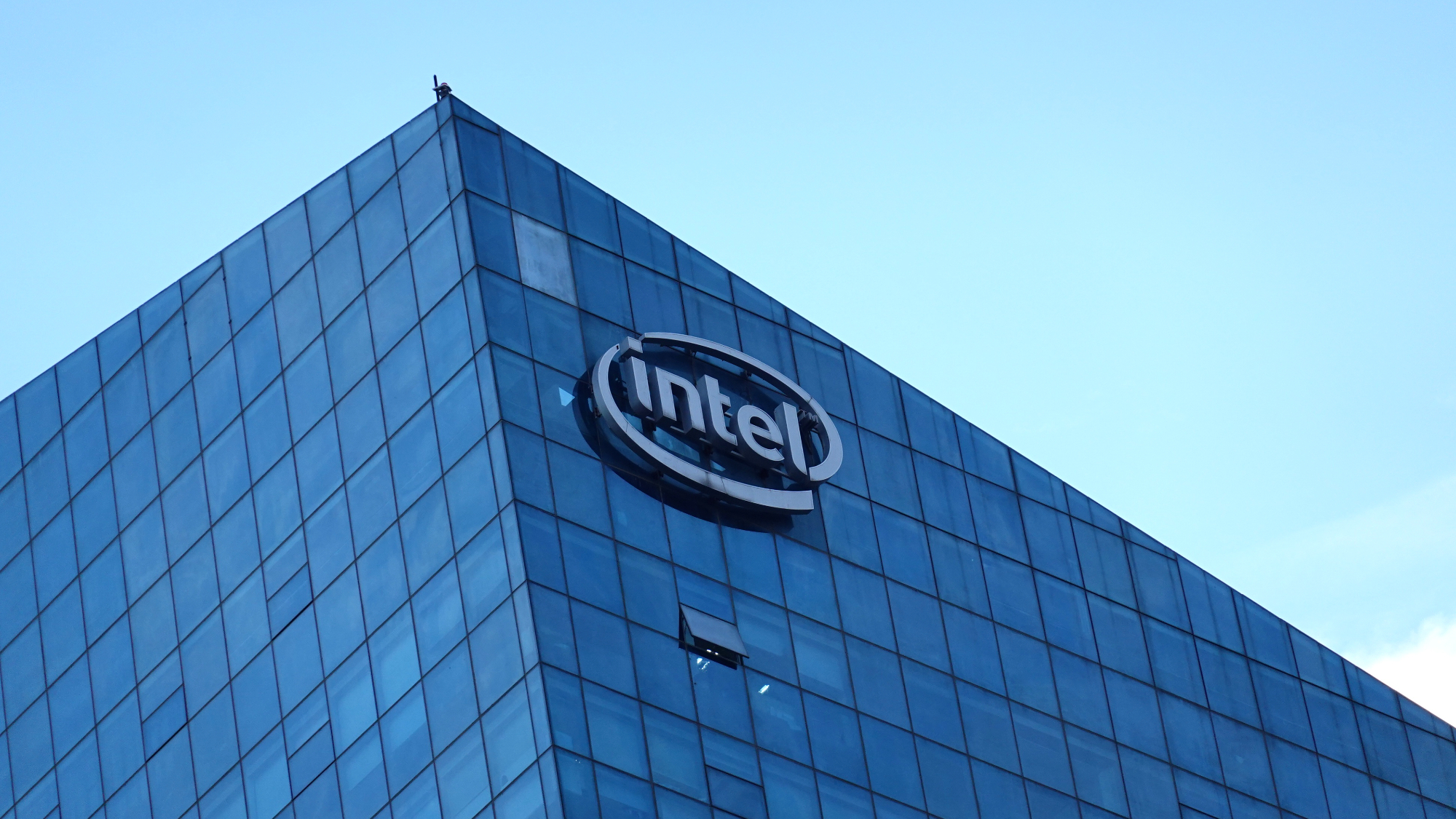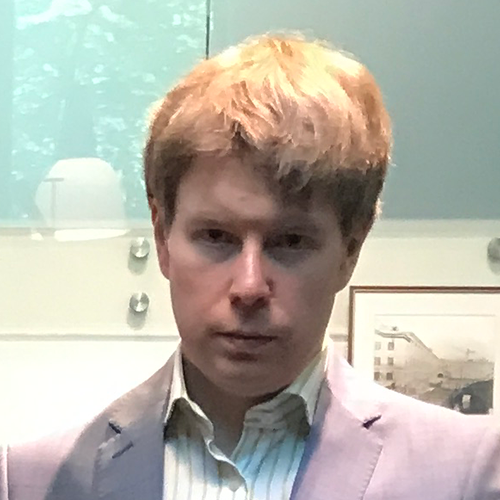Intel Xeon chief architect leaves just 8 months after appointment — Ronak Singhal latest departure in ongoing shakeup

Ronak Singhal, Intel senior fellow and chief architect of Xeon products, will leave the company by the end of the month, as first reported by CRN and confirmed to Tom's Hardware. Singhal appears to be the second chief architect of Xeon products to depart the company in less than a year. His departure emphasizes the deep restructuring under chief executive Lip-Bu Tan, though it remains to be seen who will be responsible for defining the future of Xeon CPUs.
Singhal's departure from Intel just eight months after he succeeded Sailesh Kottapalli as chief architect of Xeon products highlights the turmoil at Intel in general and the company's Data Center Group in particular. Sailesh Kottapalli left in January to join Qualcomm's renewed server CPU initiative, whereas Justin Hotard, general manager of DCG, left the company to become chief executive of Nokia in February. Hotard succeeded Sandra Riviera in early 2024 as Riviera chose to become chief executive of Altera, which was spun off later that year (Riviera was replaced this August). A few days ago, Intel appointed Kevork Kechichian as the head of DCG.
Ronak Singhal joined Intel in 1997, right after graduating from Carnegie Mellon University. His most recent role included responsibility for overall Xeon CPU strategy, roadmap execution, and platform-level integration. This included not only chip design but also adjacent technologies such as memory systems, platform security features, and AI acceleration. Singhal was the second chief architect of Xeon products (after Kottapalli) in Intel's history. It is unclear whether he has influenced Intel's Xeon roadmap significantly.
Throughout his 28 years at Intel, Singhal has shaped the architectural direction of several critical product generations. In the late 1990s, he was involved in Pentium 4 validation, and then he led performance optimization for Nehalem and Westmere. He also oversaw the development of Haswell and Broadwell server CPUs. In general, he was quite a cross-disciplinary architect deeply embedded in Intel products as his technical oversight extended beyond cores to encompass CPU microarchitecture, memory systems, platform security, and eventually AI acceleration. Singhal has been granted 30 patents covering CPU architectures.
The leadership transition aligns with Lip-Bu Tan's strategy to revamp the whole company and Intel's Data Center Group. To accelerate changes, Tan appointed former Arm executive Kevork Kechichian as executive VP and GM of the group. He also shifted accelerators development to a Sachin Katti-led AI subdivision, making CPUs the primary focus within the data center unit.
Follow Tom's Hardware on Google News, or add us as a preferred source, to get our up-to-date news, analysis, and reviews in your feeds. Make sure to click the Follow button!
Get Tom's Hardware's best news and in-depth reviews, straight to your inbox.

Anton Shilov is a contributing writer at Tom’s Hardware. Over the past couple of decades, he has covered everything from CPUs and GPUs to supercomputers and from modern process technologies and latest fab tools to high-tech industry trends.
-
bit_user A major difference between Intel and AMD's approach to server CPUs has been Intel's focus on special-purpose accelerators. I wonder if that will continue, or if they'll simply follow AMD's approach of using general-purpose cores.Reply
Intel has also made their server P-cores very large, which probably helped create the need for balancing out the design with area-efficient, special-purpose accelerators, as well as CPUs with only E-cores.
Last, Intel's preference for high-speed mesh interconnects and distributed L3 cache hasn't played very nicely with their transition to chiplet-based designs. That's another area I'll be watching, as their server CPUs continue to evolve. -
jg.millirem I always feel sad for people who jump into a corporate life out of college and then that defines them - describes the Intel manager I had to a tee. Even worse to be tethered to a soulsuck dying company like Intel. The impossibility of the problems to be solved there must be overwhelming.Reply -
bit_user Reply
I think it's healthy for people to work at a few different companies, before settling down at one. Otherwise, you have no basis for comparison and you only know one way to do things.jg.millirem said:I always feel sad for people who jump into a corporate life out of college
I think big companies like to hire fresh grads, which is when workers are most malleable and not "corrupted" by other ideas of how things could be done. -
Mr Majestyk Reply
No, they are malleable enough to be moulded by some conservative dullard of a middle-manager's idea of how things will be done and the newby is behind the eight ball from day one. These established companies are ultra-conservative and there's a hierachy that has to be followed. The days of some hot shot young grad coming in shaking things up are long gone. Until Intel fires the enitre boar and CEO and rebuils with fresh talent given real power they will continue to struggle. This same scenario has been played out at multiple huge companies over and over.bit_user said:
I think big companies like to hire fresh grads, which is when workers are most malleable and not "corrupted" by other ideas of how things could be done. -
nogaard777 Xeon hasn't even released anything notable over the last 8 months. How a this a "major" departure? I swear Tom's is just trying to manufacture stories these days.Reply -
bit_user Reply
These products take many years to develop. What's released (or not) over such a short time really doesn't tell us much about the state of the organization.nogaard777 said:Xeon hasn't even released anything notable over the last 8 months.
I think it's fair to report leadership changes, especially when they suggest turmoil, upheaval, or possibly rudderlessness. If the leadership changes reflect changes in product strategy, then it's indeed worrying for the future of the brand. Sierra Forest and Diamond Rapids seem locked and loaded, but anything after that could be significantly affected.nogaard777 said:How a this a "major" departure? I swear Tom's is just trying to manufacture stories these days.